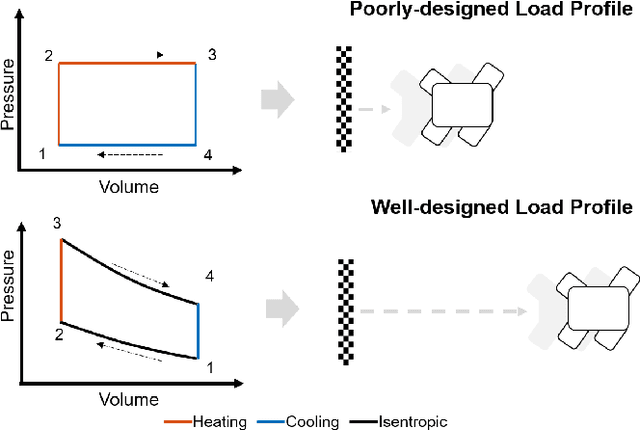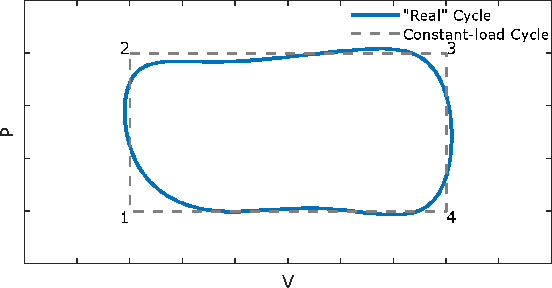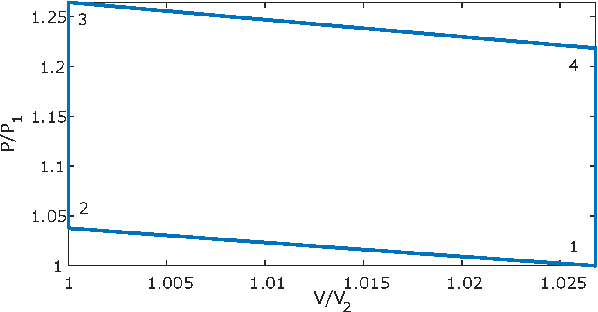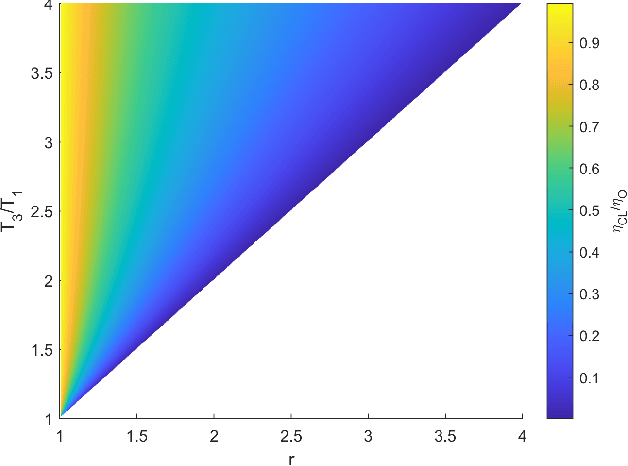Megan T. Valentine
Thermotropic Vine-inspired Robots
Jan 18, 2023Abstract:Soft and bio-inspired robotics promise to imbue robots with capabilities found in the natural world.However, many of these biological capabilities are yet to be realized. For example, current vine- and root-inspired everting robots rely on centralized control outside of the robotic tendril to process sensor information and command actuation. In contrast, roots in nature control growth direction in a distributed manner, with all control, sensing, and actuation local. Such distributed control is useful for robustness and parallelization particularly while the plants search for resources (light, water, favorable soil, etc.). Here we present an approach for exploiting these biological behaviors via a thermotropic vine-inspired robot; the device uses local, material-level sensing, actuation, and control embedded in its skin to grow toward a source of heat. We present basic modeling of the concept, design details, and experimental results showing its behavior in varied heat fields. Our simple device advances vine-inspired everting robots by offering a new, distributed method of shape control, and could lead to eventual applications such as highly parallelized robots for fire-fighting or search-and-rescue operations.
Thermodynamically-informed Air-based Soft Heat Engine Design
Mar 25, 2021



Abstract:Soft heat engines are poised to play a vital role in future soft robots due to their easy integration into soft structures and low-voltage power requirements. Recent works have demonstrated soft heat engines relying on liquid-to-gas phase change materials. However, despite the fact that many soft robots have air as a primary component, soft air cycles are not a focus of the field. In this paper, we develop theory for air-based soft heat engines design and efficiency, and demonstrate experimentally that efficiency can be improved through careful cycle design. We compare a simple constant-load cycle to a designed decreasing-load cycle, inspired by the Otto cycle. While both efficiencies are relatively low, the Otto-like cycle improves efficiency by a factor of 11.3, demonstrating the promise of this approach. Our results lay the foundation for the development of air-based soft heat engines as a new option for powering soft robots.
 Add to Chrome
Add to Chrome Add to Firefox
Add to Firefox Add to Edge
Add to Edge